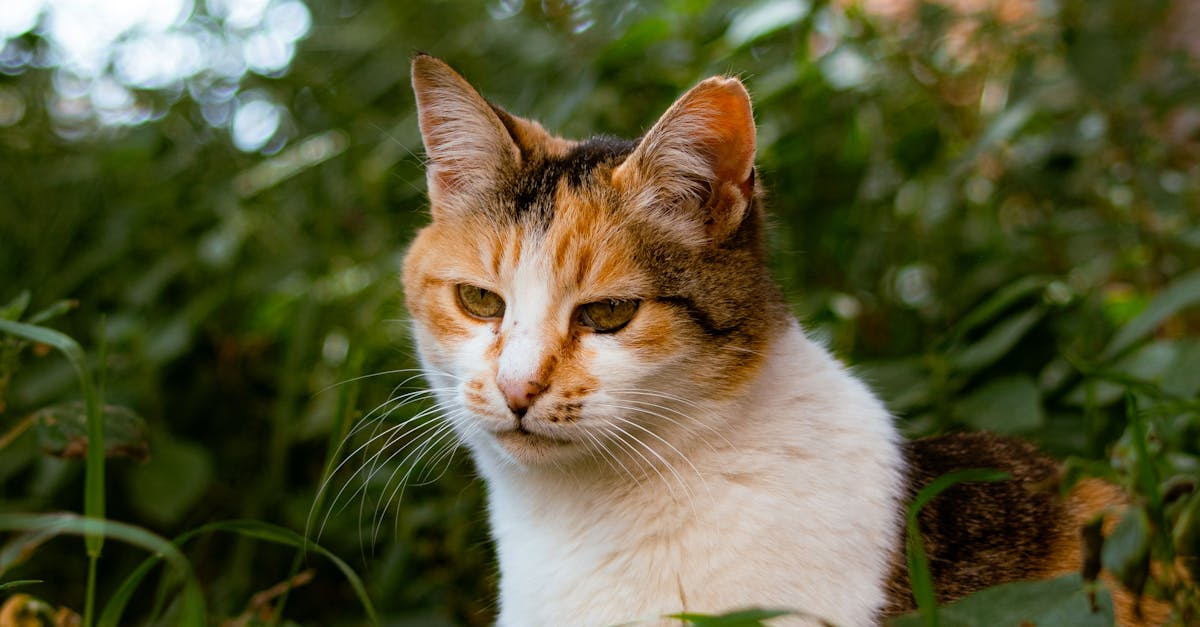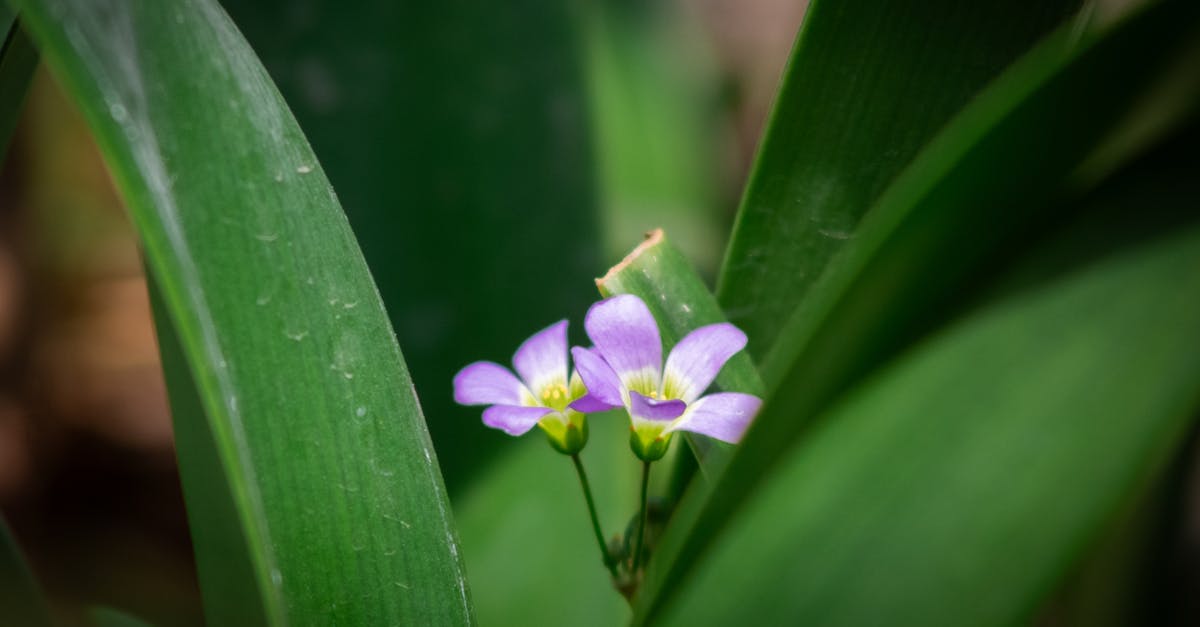top of page

Creating a Butterfly-Friendly Garden
30 avril 2025

At its core, creating a butterfly-friendly garden is not only a rewarding experience but also a crucial one for supporting these delicate insects that play a vital role in our ecosystem. Butterflies are not only beautiful to behold, but they also help with pollination and serve as indicators of a healthy environment.
When it comes to designing a garden that attracts butterflies, there are several key factors to consider. Firstly, planting a variety of nectar-rich flowers is essential. Butterflies rely on the nectar from flowers as a food source, so having a diverse range of flowering plants will help attract a wide array of butterfly species to your garden.
Additionally, providing host plants for butterfly larvae is just as important as offering nectar-rich flowers. Different butterfly species lay their eggs on specific host plants, which serve as food for the emerging caterpillars. By including these host plants in your garden, you can create a suitable habitat for butterflies to complete their life cycle.
Overall, creating a butterfly-friendly garden involves creating a welcoming space that meets the needs of butterflies at every stage of their life cycle. Whether you have a small balcony or a sprawling backyard, there are plenty of ways to transform your outdoor space into a haven for these enchanting insects. So, roll up your sleeves, grab your gardening tools, and let's dive into the world of creating a butterfly-friendly garden.
Equally important, incorporating a water source into your butterfly-friendly garden can significantly enhance its appeal to these delicate creatures. Butterflies require water not only for drinking but also for essential activities like reproduction. A shallow dish with wet sand or pebbles, or a small birdbath with rocks for perching, can provide the necessary water elements for butterflies while adding a charming feature to your garden.
Furthermore, to illustrate the significance of creating a safe environment for butterflies, it is advisable to minimize the use of pesticides in your garden. Chemical pesticides can be harmful to butterflies at various stages of their life cycle, from eggs to caterpillars to adults. Opting for natural pest control methods or selecting butterfly-friendly pesticides can help maintain a healthy butterfly population in your garden.
In reality, maintaining a butterfly-friendly garden requires ongoing effort and observation. Regularly inspect your plants for signs of pest infestation and caterpillars, and take necessary steps to address any issues promptly. By staying attentive to the needs of butterflies and making adjustments as needed, you can ensure that your garden remains a welcoming sanctuary for these enchanting insects.
Another key point to consider is the importance of providing shelter for butterflies. Incorporating shrubs, trees, or butterfly houses in your garden can offer resting spots and protection from predators and harsh weather conditions. These sheltered areas can also serve as roosting sites for butterflies to spend the night safely.
By taking these steps and creating a butterfly-friendly garden, you not only enhance the beauty of your outdoor space but also contribute to the conservation of these essential pollinators. Embrace the joy of watching butterflies flutter amidst your garden by making it a haven that meets all their needs.

Crafting a Welcoming Habitat for Butterflies
To compare, just like any living being, butterflies require a safe and welcoming environment to thrive. By considering their specific needs and implementing simple yet effective gardening practices, you can transform your outdoor space into a butterfly paradise. Remember, creating a butterfly-friendly garden not only benefits these delicate insects but also adds vibrancy and life to your surroundings.
Providing a variety of nectar-rich flowers, host plants for caterpillars, a water source, and shelter are all crucial elements in crafting a habitat that supports butterflies through every stage of their life cycle. It is worth noting that each of these components plays a vital role in attracting butterflies, providing for their needs, and ensuring their survival.
In particular regard to host plants, they are the foundation for successful butterfly breeding and the continued presence of these whimsical creatures in your garden. By carefully choosing the right plants for both nectar and as hosts, you can create a harmonious environment that sustains a diverse butterfly population.
Naturally, as you observe butterflies fluttering around your garden, you'll appreciate the intricate connection between these creatures and the plants they rely on for sustenance and shelter. This symbiotic relationship underscores the importance of creating a butterfly-friendly garden that caters to their specific requirements.
For example, a garden blooming with a variety of flowers like lavender, zinnias, or coneflowers not only offers a visual feast but also acts as a magnet for butterflies seeking nectar. Simultaneously, incorporating larval host plants such as milkweed, fennel, or dill ensures that butterflies have suitable locations to lay their eggs and sustain their offspring.
By dedicating time and effort to cultivate a welcoming habitat for butterflies, you contribute to the preservation of these invaluable pollinators while enjoying the beauty and wonder they bring to your outdoor space. Next time you're planning your garden, consider the needs of butterflies in the design process, and watch as your yard transforms into a haven for these enchanting insects.
In conclusion, the process of crafting a welcoming habitat for butterflies involves a thoughtful approach that encompasses various elements such as providing nectar-rich flowers, host plants, water sources, and shelter. By understanding the specific needs of butterflies at different stages of their life cycle, you can create a garden that not only attracts these delicate insects but also supports their conservation and survival.
Observing butterflies fluttering gracefully amidst a blooming garden is a rewarding experience that highlights the harmonious relationship between these enchanting creatures and the plants they depend on. By dedicating time and effort to cultivate a space that caters to butterflies' requirements, you contribute to the preservation of vital pollinators while beautifying your outdoor environment.
As you witness the beauty and wonder that butterflies bring to your garden, remember the significant role you play in fostering a habitat where these magical insects can thrive. Embrace the joy of creating a butterfly-friendly garden as you admire these winged marvels dancing amid the colorful blooms, and appreciate the interconnectedness between nature and its inhabitants.
In the end, creating a butterfly paradise isn't just about planting flowers; it's about nurturing a space that sustains life in all its forms. So, as you embark on this journey of cultivating a garden that welcomes butterflies, cherish the moments spent observing these delicate creatures and find solace in knowing that your efforts contribute to the preservation of a vital part of our ecosystem.

Heading 5
Add paragraph text. Click “Edit Text” to update the font, size and more.

Heading 5
Add paragraph text. Click “Edit Text” to update the font, size and more.

Heading 5
Add paragraph text. Click “Edit Text” to update the font, size and more.
bottom of page